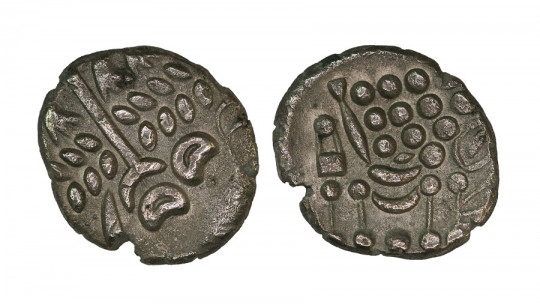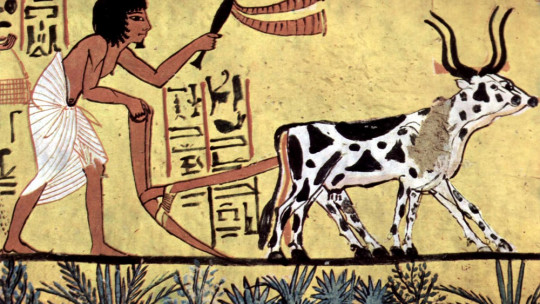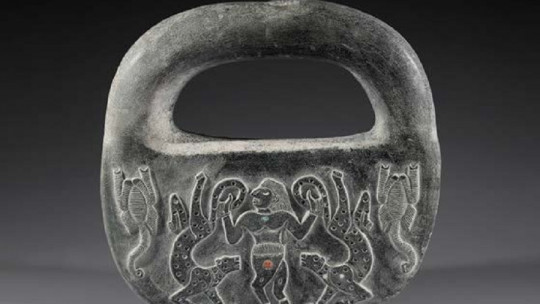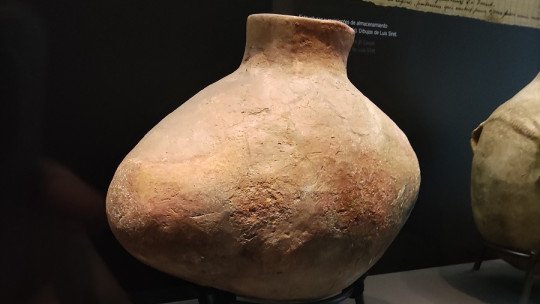
Although the other periods of the Metal Age (the Bronze Age and the Iron Age) represented an unprecedented advance by allowing the design of agricultural utensils in a more malleable material than stone, The importance of the Copper Age has not always been so defined In fact, until the end of the 19th century it was hardly taken into consideration when classifying prehistoric periods, and this stage was usually included in the Neolithic as a kind of extension of it.
And there are many experts who agree that the production of copper objects was simply one of the many innovations that occurred around the 6th millennium BC. The Copper Age did not entail a radical change in society at all, although it did. It allowed a gradual evolution towards greater stratification of society, as we will see. What is the importance, then, of the Copper Age? What are their characteristics? In this article we are going to try to find out.
The Copper Age in Prehistory: what is its origin?
After the agricultural revolution of the Neolithic (the last phase of the Stone Age) experts place the Copper Age, the first stage of the Metal Age. The period is also known as Chalcolithic, a word formed by the Greek words khalkos (copper) and lithos (stone).
This first step towards the expansion of metallurgy must be placed in the 6th millennium BC, period to which the remains found in Çatal Huyuk (Turkey) and the Zagros Mountains, in Iraq, belong. It is in Asia, then, where we can place the birth of copper manufacturing, since in the Shanidar cave, an important archaeological site located in Iran, even older objects have appeared, dating back to the 10th millennium BC.
A single origin?
The numerous deposits of native copper (that is, the metal in its natural state) in the Zagros region explain why it was precisely in this area and not elsewhere that the first copper objects were produced. Afterwards, and based on archaeological evidence, The procedure spread, first through Anatolia and Mesopotamia and, later, to more distant areas such as Egypt and the Balkans
However, this diffusionist theory is currently facing numerous criticisms. And currently experts are more inclined towards the theory of indigenous innovation; According to this hypothesis, copper manufacturing appeared simultaneously in different areas that, a priori, were not connected to each other.
Thus, it is believed that copper production in the Balkans and other European territories, such as the Los Millares deposit in Almería (Spain), arose spontaneously and in parallel, as an absolutely indigenous product. The question is inevitable: how is it possible that in two such separated places the use of copper for the manufacture of objects emerged in parallel?
The case of the Balkans is truly fascinating, to the point that many experts speak of this area as “the first European civilization.” Indeed, the vestiges that this culture has left us are extraordinarily sophisticated: delicate goldsmithing and a profusion of ornaments, which leads us to think that, already in the 5th millennium BC, there was an obvious display of wealth in the area by the local oligarchy. This ostentation was reinforced by the possession of metal objects, as we will see below.
An increasingly hierarchical society
The first copper objects were used as mere decorations and therefore had no function other than establishing status within the group. In this way, for a long time everyday items continued to be manufactured with stone and ceramics, relegating copper to a strictly protocol and aesthetic use.
This is demonstrated by the first finds of objects made of copper, such as the famous oval pendant that was found in the Shanidar cave, in Iraq, and also by the numerous funerary goods scattered throughout different geographical areas, where a growing social stratification is clearly seen in which the most important individuals in the town own a greater number of objects, not only bronze, but also ceramic, silver and gold.
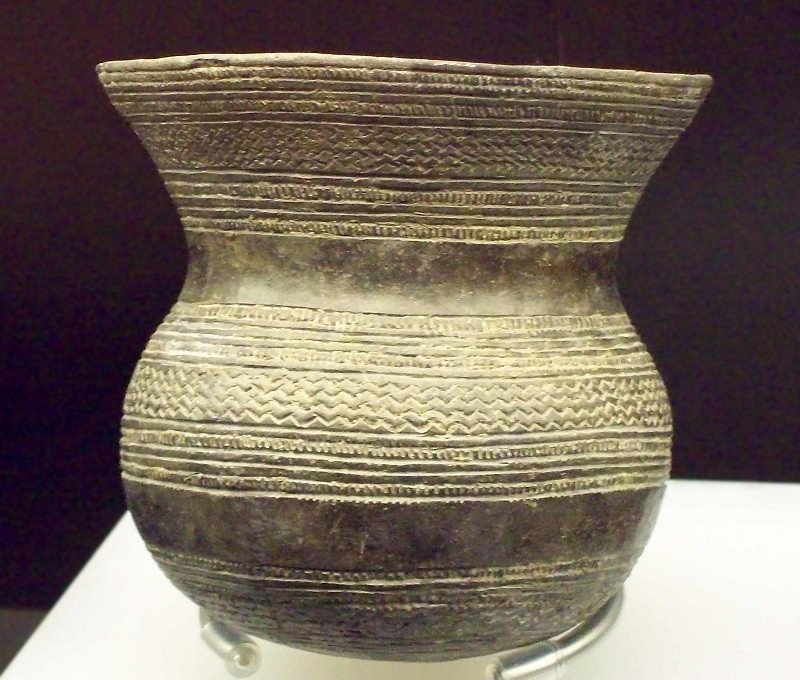
We can deduce, in light of the archaeological evidence, that the society at the end of the Neolithic and the beginning of the Age of Metals was a society with a clear tendency, first, towards diversity, in which there was increasingly greater specialization. in the manufacturing of products; and second, to hierarchization, given that the surplus of production and, above all, the acquisition of luxury objects, was in the hands of a few.
Ceramics and copper
The real revolution had appeared with the invention of ceramics. This product soon became an item reserved only for powerful minorities, as later happened with copper. Ceramics and copper were, therefore, a sign of status
It is enough to investigate the so-called Bell Beaker culture, which developed in central Europe during the Chalcolithic and is one of its most genuine manifestations. During the 3rd millennium BC, many of the peoples established on the European continent produced ceramic vessels shaped like an inverted bell (hence the name) and profusely decorated, found mainly in the funerary trousseau of important figures.
Several things can be deduced from this. One, that, indeed, and in a similar way to what happened with copper objects, ceramics were related to high status within the population; and two, that exchanges during the Copper Age were constant, given that these vessels have been found in numerous places not only in Europe, but also in southern Africa and even Scandinavia.
Along with the bell-shaped vessels, arrowheads, triangular copper daggers and bone ornaments have been found in the funerary grave goods of Chalcolithic Europeans. However, the analysis of the remains of these vessels has shown that they not only had funerary use, but were also used to contain food and drink, as well as to contain molten copper in the manufacturing process.
The first metallurgy
The first copper objects (such as those found at Shanidar) were made from native copper (usually found in the form of nuggets), applying a cold hammering molding technique. Copper is relatively “soft” in its natural state, but obviously not as soft as when subjected to fire.
Communities familiar with cold copper manufacturing soon realized that copper could be extracted from other materials such as malachite and that, under the right temperature, its softening allowed for greater malleability. In reality, the process did not represent any revelation, since let us remember that ceramics was already known and, with it, kilns and the subjecting of materials to high temperatures. Copper casting “only” required, therefore, an improvement in the techniques used for ceramics. To melt copper, it is necessary to reach 1083 degrees Celsius, a temperature that Neolithic pottery kilns had almost reached.


